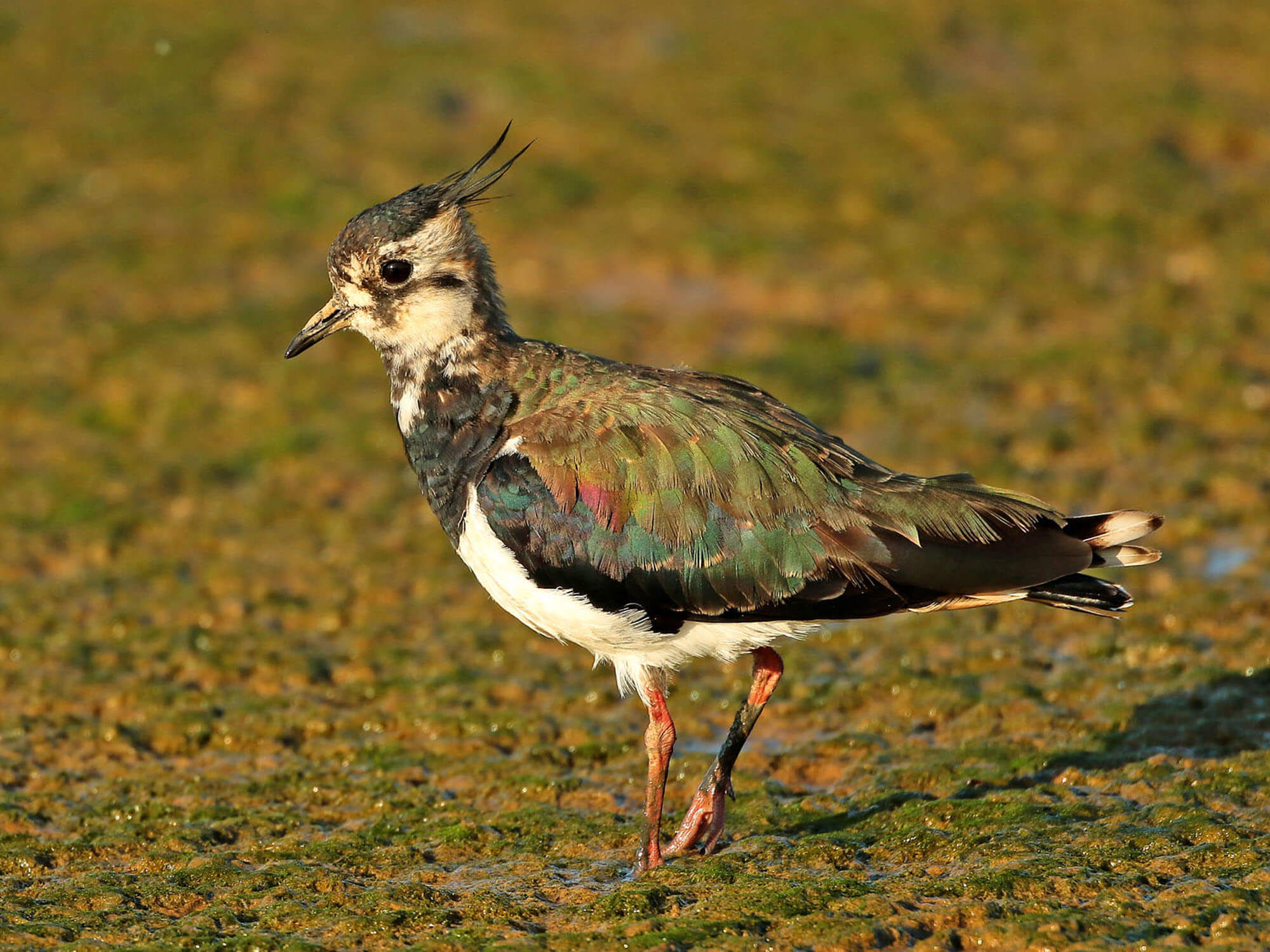


Headline photo credits: Les Bunyan
Like many conservation organisations, we were able to undertake less surveying than planned this spring due to Covid-19. However, we were lucky to have at least one keen local birder that was able to conduct some bird surveys as part of daily walks during lockdown. Thanks to these efforts, we were able to gather survey data this year on woodlark and also on the birds using our freshwater marshes.
We carried out direct surveys on Woodlark this year to obtain an understanding of numbers, territories and breeding success after several informal sightings in the last few years but no hard data collected since 2001.
The survey was able to confirm two successful breeding attempts for separate Woodlark pairs this season, with food carrying or fledged young seen. Another pair occupied territory but breeding was not proven, and a single unpaired male was also recorded. All these were noted toward the southern end of our rewilding project area.
Based on these findings and other anecdotal reports of Woodlark present both this season and in the past, Wild Ken Hill contributes significantly to an important local population of Woodlark, which may be increasing.
Taken together with the Woodlark numbers breeding at Dersingham Bog, on the Sandringham Estate, and on the NWT’s Roydon Common / Grimston Warren reserve complex, this area of North West Norfolk supports a healthy and valuable local population of this scarce species outside of its main Norfolk stronghold in the Brecks.

So get in touch if you have any sightings, as good recording of this population will be really important as we week to improve its range and abundance!
We also undertook surveys of the freshwater marsh, partly based on the BTO’s Waterways Breeding Bird Survey (not to be confused with the Breed Bird Survey (BBS), Wetland Bird Survey (WeBS), or Breeding Waders of Wet Meadows (BWWM)!), but with additional visits to ensure a greater chance of confirming breeding for specific wetland species.
As a reminder, we raised the water level on around 500 acres of freshwater marsh at Ken Hill by around a foot in December 2019, which led to some spectacular initial results. So this survey was designed to track the ongoing improvements in biodiversity and is planned to be repeated in the future.

Overall the survey recorded a variety an abundance of species that suggests the marsh is well on its way to being restored to prime wetland habitat and that the earthworks performed last December already have had a significant impact. The survey recorded 39 wetland species, including:
Bold text in the above indicates confirmed or suspected attempted breeding on the marsh or adjacent coastal park, either through fledged young or records of apparently occupied nests (AONs) or display observations.
Good numbers of many of these species were recorded during the first few visits, but this was unfortunately contrasted by relatively poor breeding success results observed in later visits. It is likely that the rapid decrease in water levels on the marsh during the extremely dry period during April and May reduced the availability of quality habitat for chicks, and parents either took chicks elsewhere or were unable to breed successfully.
This goes to show the importance of retaining good water levels on the marsh during winter that can last well into late spring. With the potential for climate change to cause more extreme weather patterns, we’re glad to now have the capacity to keep more water on the marsh, as well as building much greater climate resilience in the adjacent rewilding area and regenerative farming operation.
We will continue to repeat these two surveys and others to track the changes in biodiversity at Wild Ken Hill over time, so stay tuned for more updates! And we are hoping to provide the full reports on our website later this year!